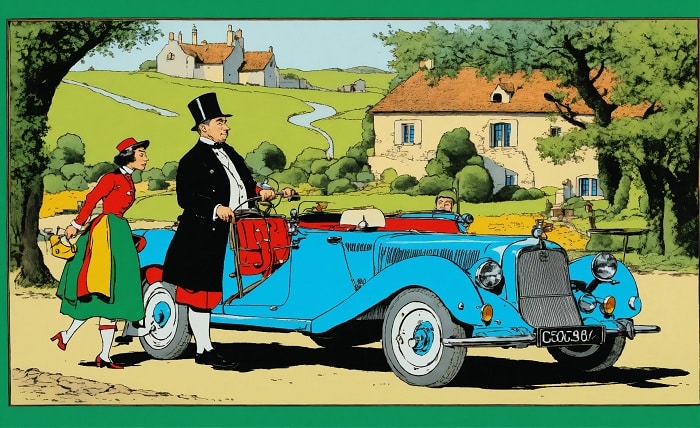Introduction
The term 1900 rugrat evokes a sense of nostalgia, reminding many of childhood in the early 20th century. Whether referring to actual children of that era or a playful nod to vintage aesthetics, the 1900 rugrat holds a unique place in cultural history. This blog post dives deep into its meaning, origins, and why it still resonates today.
What Is a 1900 Rugrat?
A 1900 rugrat typically refers to children who grew up in the early 1900s, embodying the innocence and simplicity of that time. The term “rugrat” itself is a colloquialism for young kids, often used affectionately. When paired with “1900,” it paints a picture of childhood before modern technology took over. The 1900 rugrat represents a bygone era where playtime meant outdoor adventures rather than screen time.
The Origins of the 1900 Rugrat
The concept of the 1900 rugrat stems from historical shifts in childhood experiences. In the early 1900s, children’s lives were vastly different—fewer structured activities, more freedom to explore, and handmade toys. The 1900 rugrat didn’t have smartphones or video games; instead, they played with marbles, jump ropes, and rag dolls. This era laid the foundation for how society views childhood today.
Cultural Impact of the 1900 Rugrat
The 1900 rugrat has influenced literature, film, and even fashion. Classic books like Anne of Green Gables and Little House on the Prairie depict the lives of these children. Additionally, vintage-inspired clothing lines often draw from the 1900 rugrat aesthetic—lace collars, knickerbockers, and pinafores. The charm of this era continues to inspire modern creators who romanticize the simplicity of early 20th-century childhood.
1900 Rugrat vs. Modern Childhood
Comparing the 1900 rugrat to today’s children highlights drastic changes. Where the 1900 rugrat played outside until dusk, modern kids often engage in digital entertainment. While technology has benefits, many long for the unstructured, imaginative play of the 1900 rugrat. This contrast sparks debates on parenting styles and the loss of traditional childhood experiences.
Why the 1900 Rugrat Still Matters Today
Nostalgia plays a huge role in keeping the 1900 rugrat relevant. Many adults look back fondly on stories of their grandparents’ childhoods, wishing to recreate that simplicity. The 1900 rugrat symbolizes resilience, creativity, and a connection to nature—qualities that feel rare in today’s fast-paced world. By revisiting this era, we gain perspective on how childhood has evolved.
How to Incorporate the 1900 Rugrat Aesthetic Into Modern Life
For those enchanted by the 1900 rugrat lifestyle, there are ways to blend old-world charm with modern living. Consider vintage décor, classic literature, or traditional games like hopscotch. Dressing children in retro-inspired clothing or encouraging outdoor play can bring a touch of the 1900 rugrat into the 21st century.
Conclusion
The 1900 rugrat represents more than just a historical reference—it’s a symbol of innocence, adventure, and simpler times. By understanding and appreciating this era, we can preserve its legacy while adapting its best qualities to contemporary life. Whether through fashion, literature, or parenting choices, the 1900 rugrat continues to inspire.
FAQs
1. What does “1900 rugrat” mean?
The term refers to children who grew up in the early 1900s, embodying the playful, simple lifestyle of that era.
2. How was life different for a 1900 rugrat?
Unlike modern kids, the 1900 rugrat had fewer toys, more outdoor play, and less structured schedules.
3. Why is the 1900 rugrat still popular today?
Nostalgia and a longing for simpler times keep the 1900 rugrat culturally significant.
4. Can parents today adopt a 1900 rugrat parenting style?
Yes! Encouraging outdoor play, limiting screen time, and introducing vintage games can mimic the 1900 rugrat experience.
5. Where can I learn more about the 1900 rugrat lifestyle?
Historical books, museums, and vintage blogs often explore the lives of early 20th-century children.




